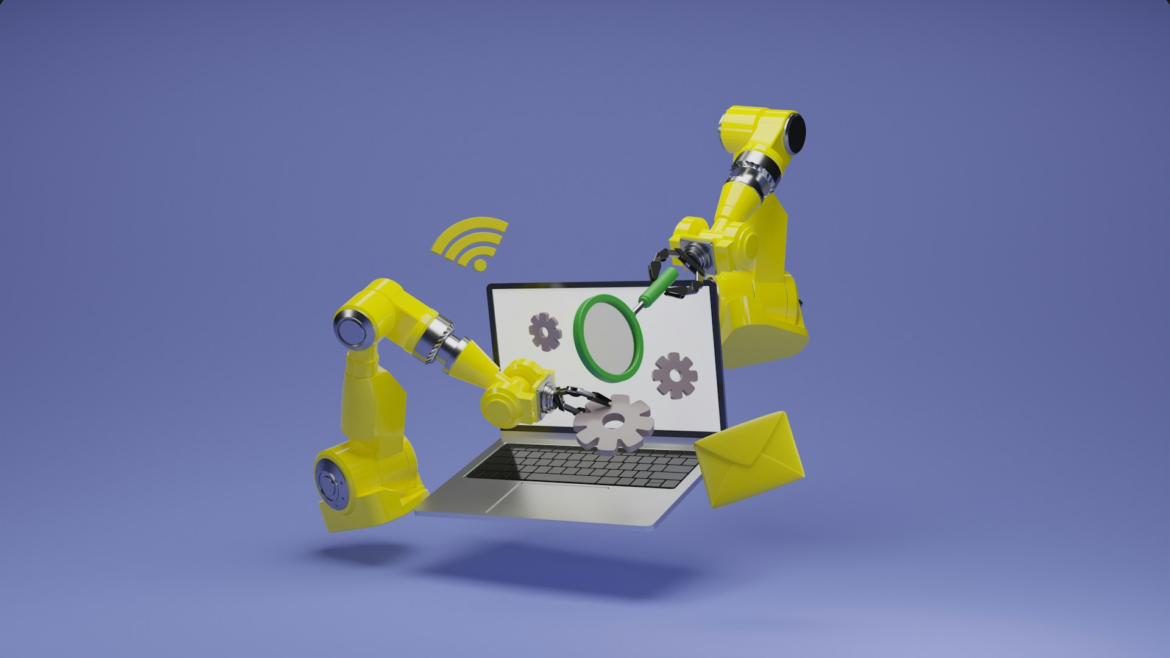New research shows automation and artificial intelligence have reached deeper into the American workforce than many expected, with 23.2 million jobs now at least 50 per cent automated, according to a study released Thursday by SHRM.
The findings come as labour markets cool and job seekers face increased competition for available positions, the organization said.
The study surveyed 20,262 U.S. workers between March and April 2025 to examine how automation and generative AI are changing work. The research found that 15.1 per cent of U.S. employment has at least half of its tasks automated, while 7.8 per cent of jobs — about 12 million — use generative AI for at least half of their work, according to SHRM.
Computer jobs see highest automation rates
The impact varies significantly by occupation, the research found. Computer and mathematical occupations show the highest automation levels, with 32 per cent of these jobs at least half automated. Education and library occupations sit at the opposite end, with only 7.3 per cent reaching that threshold, according to the study.
Generative AI use follows a similar pattern. The technology is used for at least half of tasks in 19.2 per cent of computer and mathematical jobs, compared to just 4.3 per cent in healthcare practitioner roles, SHRM said.
Most jobs face barriers to full automation
Despite these automation levels, complete job displacement may be limited, the research suggests. SHRM found that 63.3 per cent of all jobs include nontechnical barriers that would prevent full automation. These barriers include client preferences for human interaction, regulatory requirements, and cost-effectiveness considerations.
Client preferences emerged as the most significant barrier, affecting 73.6 per cent of jobs with nontechnical barriers, according to the study.
Only six per cent of U.S. employment—roughly 9.2 million jobs—is both 50 per cent or more automated and lacks nontechnical barriers to automation displacement, SHRM reported.
“This research offers the kind of holistic perspective we’ve been missing on AI and automation in the workplace. Too often the conversation stops at job loss, but the reality is much more complex,” said Alex Alonso, chief data and analytics officer at SHRM. “What we find is that the future isn’t simply about replacement—it’s about how organizations and workers adapt, transform, and overcome barriers together.”
Industries with highest adoption
Industries that rely heavily on data analysis and decision-making show the highest levels of both automation and generative AI adoption, according to SHRM. These include information services, professional and technical services, and finance.
The findings indicate that job transformation, rather than wholesale displacement, will be the predominant trend as AI technologies continue advancing, the organization said.
SHRM is a professional association for human resources with nearly 340,000 members in 180 countries.





